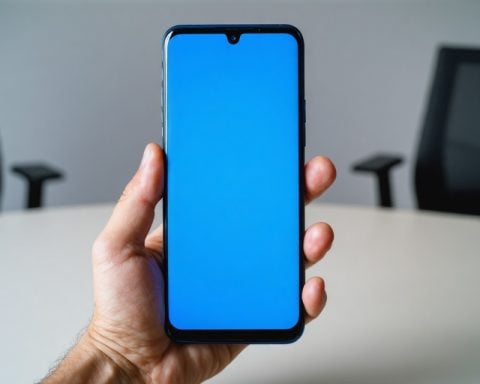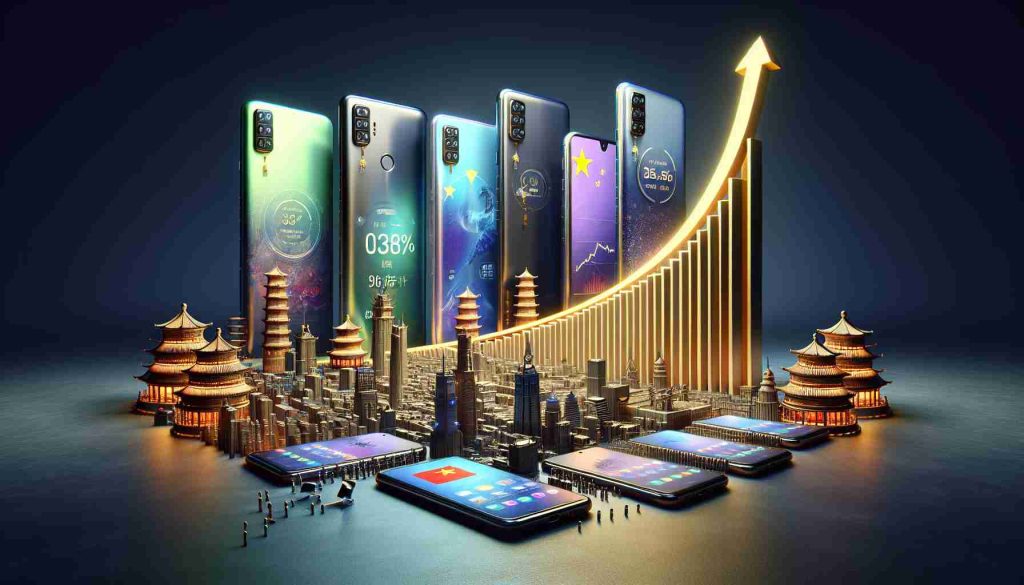Innovative Features Take Center Stage
Smartphone market dynamics are experiencing a significant shift in 2024 as new trends emerge. Rather than focusing on competition rankings, the industry is witnessing a surge in innovative features and technology advancements. The emphasis is now on groundbreaking developments such as AI integration and foldable screens, setting a new course for smartphone evolution.
Revolutionizing User Experience
Manufacturers are now investing heavily in AI capabilities and foldable screen technology to enhance user experience. These advancements are not only reshaping the landscape but also challenging traditional market leaders. While Apple faces intensified competition, its commitment to technological innovation and brand reputation remains a driving force in the market.
Exploring New Design Frontiers
The introduction of foldable screen smartphones has sparked a new era of design innovation. Chinese manufacturers are leading the charge with impressive market shares, showcasing their prowess in technological advancements. Huawei’s dominance in the foldable screen market reflects a growing consumer demand for innovative mobile devices.
Competition and Collaboration
As the smartphone market continues to evolve, competition among manufacturers is fierce. Brands like vivo, Honor, and OPPO are spearheading the industry with cutting-edge products and strategic initiatives. This competitive landscape is driving collaboration and innovation, ultimately benefiting consumers with a wider range of choices and superior technology.
Future Outlook
While the smartphone market remains dynamic and competitive, the focus is shifting towards technological advancements and user experience. The upcoming year is poised to witness further innovations and market disruptions as manufacturers strive to meet consumer demands and stay ahead of the curve. The future of smartphones lies in a blend of creativity, innovation, and consumer-centric design, setting the stage for a new era in mobile technology.
Embracing 5G Connectivity
One key trend shaping the smartphone market is the widespread adoption of 5G technology. With the promise of faster speeds, lower latency, and improved network capacity, 5G connectivity is revolutionizing how users interact with their devices. The move towards 5G is driving manufacturers to create smartphones that are equipped to leverage this advanced network infrastructure, paving the way for a new era of connectivity and communication.
Privacy and Security Concerns
Amidst the rapid technological advancements in smartphones, privacy and security have become central concerns for consumers. With features like facial recognition, biometric authentication, and always-on connectivity, protecting personal data and ensuring device security are paramount. Manufacturers face the challenge of balancing convenience with privacy safeguards, creating a delicate balance to win over consumers’ trust.
Sustainability and Environmental Impact
As the smartphone market expands, concerns around sustainability and environmental impact are gaining prominence. Consumers are increasingly conscious of the ecological footprint of their devices, pushing manufacturers to adopt more eco-friendly practices in their production processes. From material sourcing to recycling initiatives, the industry is under pressure to address sustainability challenges and minimize its environmental footprint.
Key Questions:
1. How does the adoption of 5G technology impact the design and functionality of smartphones?
2. What measures are smartphone manufacturers taking to address privacy and security concerns in their devices?
3. What strategies are being implemented to improve sustainability and reduce the environmental impact of smartphones?
Advantages:
– Enhanced connectivity and faster network speeds due to 5G technology.
– Improved user experience with advanced features like AI integration and biometric authentication.
– Greater design innovation and diverse product offerings in the market.
Disadvantages:
– Increased privacy risks with features like facial recognition and always-on connectivity.
– Environmental concerns associated with smartphone production and electronic waste.
– Compatibility issues and network rollouts challenges with the transition to 5G technology.
For more information on emerging trends and challenges in the smartphone market, visit TechRadar.
























